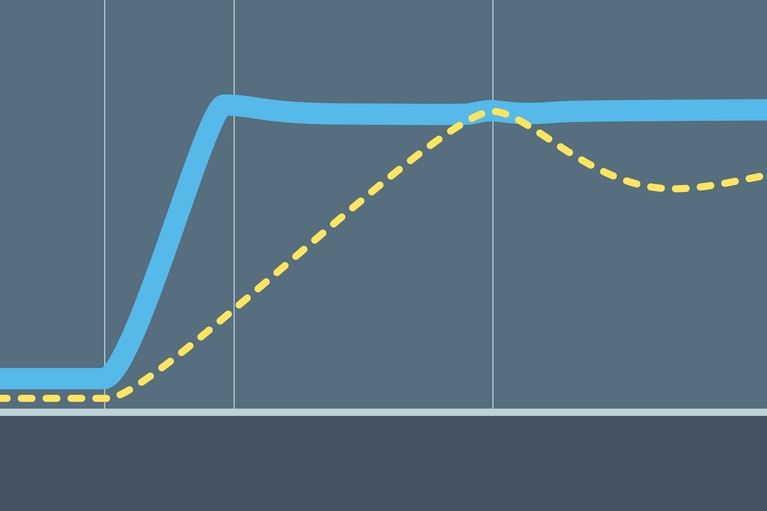
ReVolt – 技术问答
ReVolt 正在解决好莱坞片场的排放问题,下一步将把便携式 DC 电源应用于建筑工地、应急响应事件等领域
For a graphic illustration of why power sequencing is essential, consider what could happen in a large industrial system if its motors and actuators became energized before its control electronics. Clearly, the potential for such unpredictable and dangerous scenarios must be eliminated with carefully-designed power start-up sequences. And shutdown sequences are equally as important.
Incorrect power sequencing can cause problems at the semiconductor as well as at the system level: these conditions could lead to unexpected reverse bias across a CMOS device. This can damage or destroy the device, or latch it into an ON state that can only be released by power cycling. Although blocking diodes can prevent latch-up, they can limit the usable analogue input voltage range, so supply voltage start-up sequencing is the preferred solution. Additionally, multi-voltage devices such as DSPs and microprocessors usually require their I/O voltage to be present before applying the core voltage. Intel processor chip documentation typically specifies start-up and shut-down sequences that must be followed. Similarly, CPU chips must be powered up before systems graphics ICs to prevent uncontrolled outputs to the graphics display.
There are two typical approaches to power sequencing; one based on power and the other on logic.
The Power solution uses the voltage rise in one power rail to send a suitably delayed trigger signal to an N-channel MOSFET, which controls the supply to the second power rail. The Logic approach is based on using Enable or other logic pins on power train devices rather than controlling the power to them. Using the logic integrated in power components provides a lower-cost, more compact and simpler solution, but in more demanding applications, MOSFETs permit more accurate control of turn-on time.
Fig 1 below shows a basic MOSFET sequencing circuit using an N-channel MOSFET and a comparator. VREF sets the threshold for switching VCC2, with VCC2 turning on after VCC1 with a delay set by the RC network. The MOSFET driver includes a charge pump to ensure that VGS exceeds VCC2 by several volts; this fully enhances the MOSFET switch. This circuit also ensures that VCC2 shuts down when VCC1 does, however the RC network means that VCC2’s shutdown will lag VCC1’s. Another issue can arise if VCC1 is not available for use as a reference voltage.
Figure 1 – Power sequencing using an RC network, comparator and MOSFET driver
More highly integrated and easier solutions are available, such as the example shown below in Figure 2.
Figure 2 – Power sequencing with the MAX6819
The sequencer ensures that the MOSFET always has the minimum required VGS enhancement, which minimizes loss in the MOSFET and ensures a low drain-to-source impedance (RDS(ON)). The MAX6819 imposes a factory-set delay time of 200ms, which occurs after the primary voltage rises above the set threshold and before enabling the charge pump to drive the external MOSFET switch.
Vicor voltage regulator, VI Chip and Brick products can be sequenced by the MOSFET circuits above. Alternatively, they can often be managed through their control pins and internal logic as mentioned earlier. In one simple arrangement, a ‘soft start’ output from one device can be connected to the logic enable/disable pin of another, effectively controlling its power sequencing. Additionally, many Vicor devices have a voltage control pin, or trigger. If a ramp voltage is applied to this pin, the device’s output will ramp to track the voltage control input, but with a fixed time delay.
ReVolt – 技术问答
ReVolt 正在解决好莱坞片场的排放问题,下一步将把便携式 DC 电源应用于建筑工地、应急响应事件等领域
双向供电与快速瞬态响应能力赋能可扩展的主动悬架系统
正弦振幅转换器™(SAC™)模块凭借其独特的双向供电功能与瞬态响应速度组合,为主动悬架系统开辟了全新可能性
提供更高的峰值功率和更快的动态瞬态响应,实现更轻、更强大的电动汽车架构
随着时间的推移,市场上的电动汽车 (EV) 对电驱动系统的依赖程度日益加深,例如线控转向、线控制动以及主动悬架系统等
电流倍增器:为 AI 处理器及其他严苛应用供电的明智之选
AI 处理器需要解决低电压、高电流的严苛挑战,这将会导致电源系统设计产生瓶颈。了解 Vicor 的电流倍增技术如何改变这一现状




